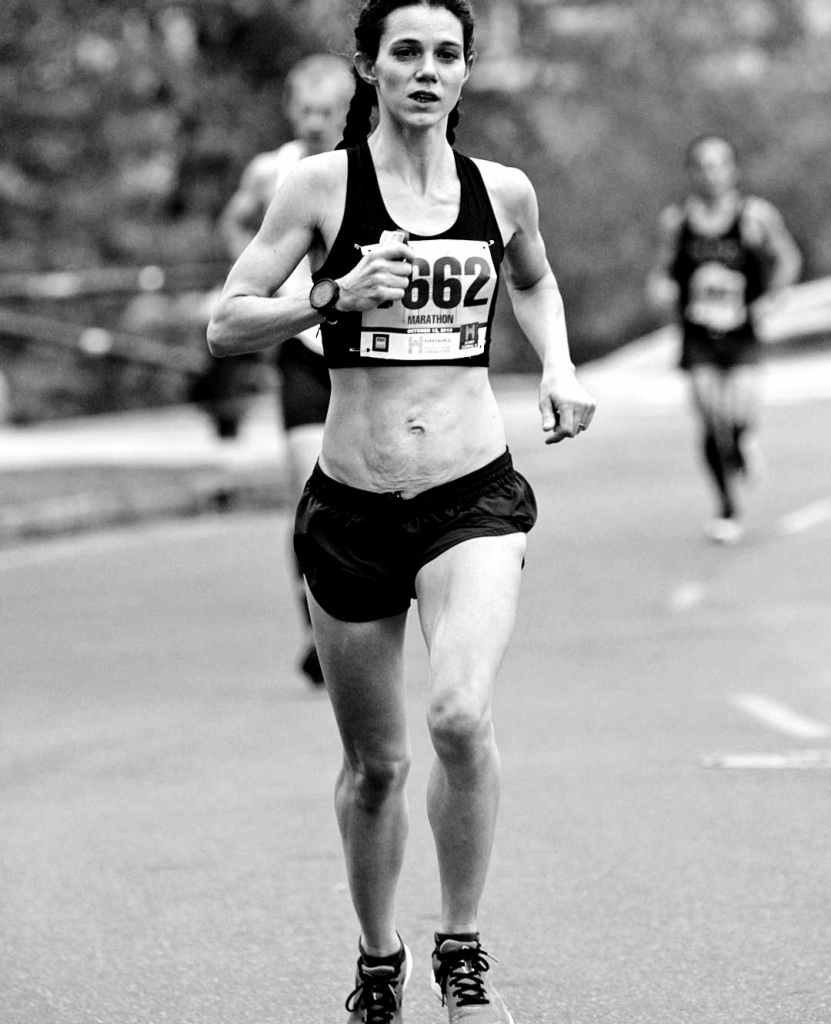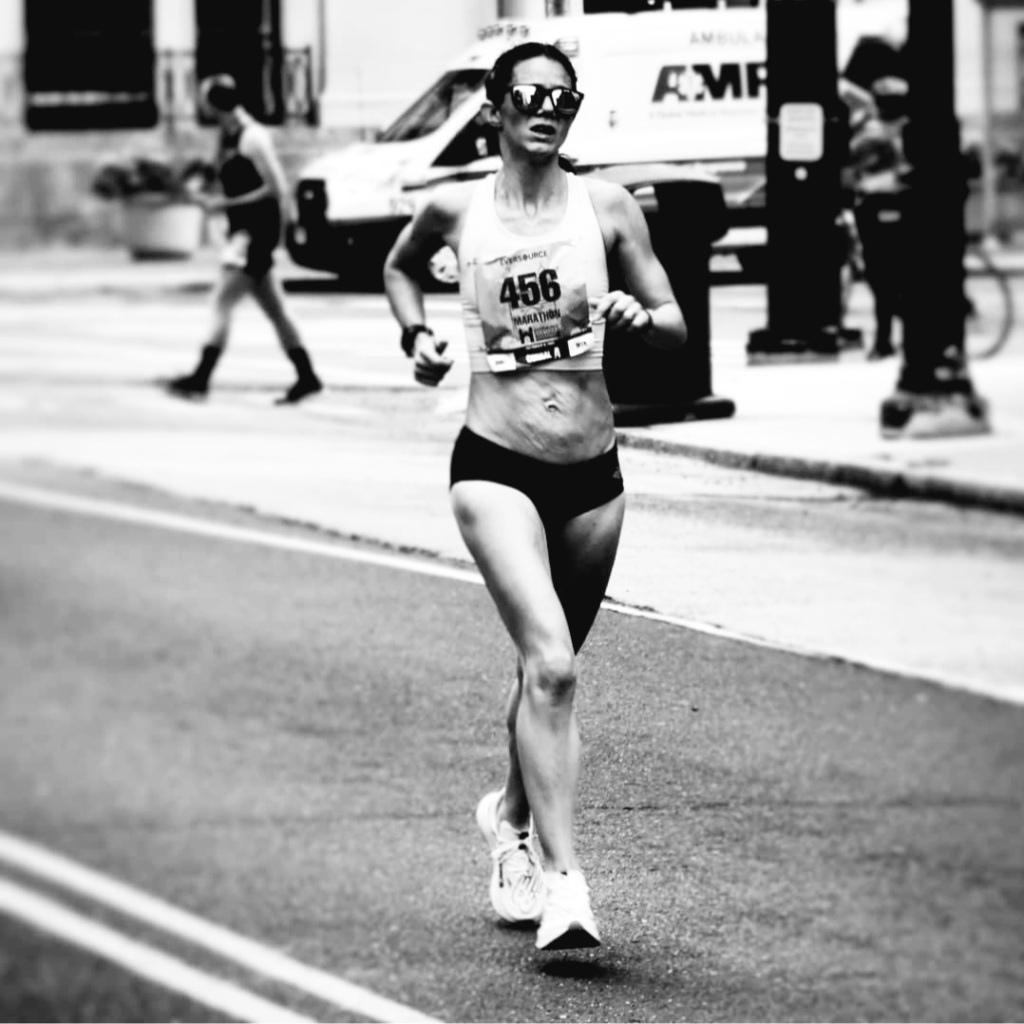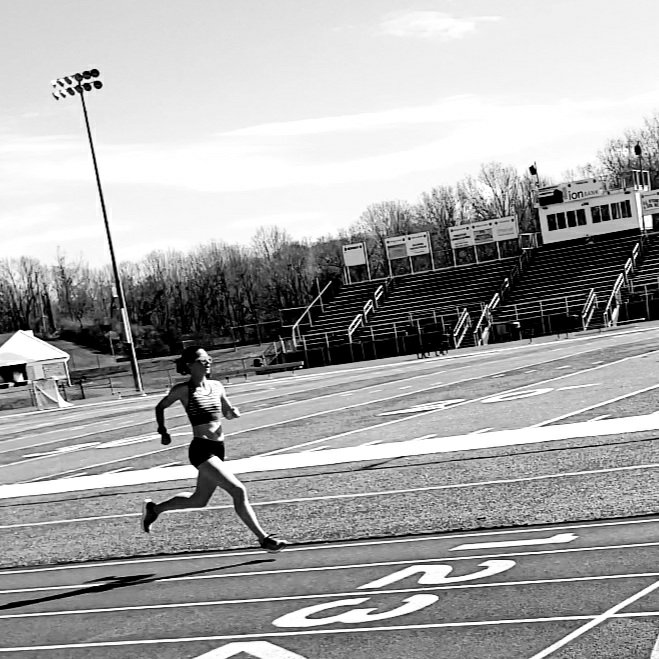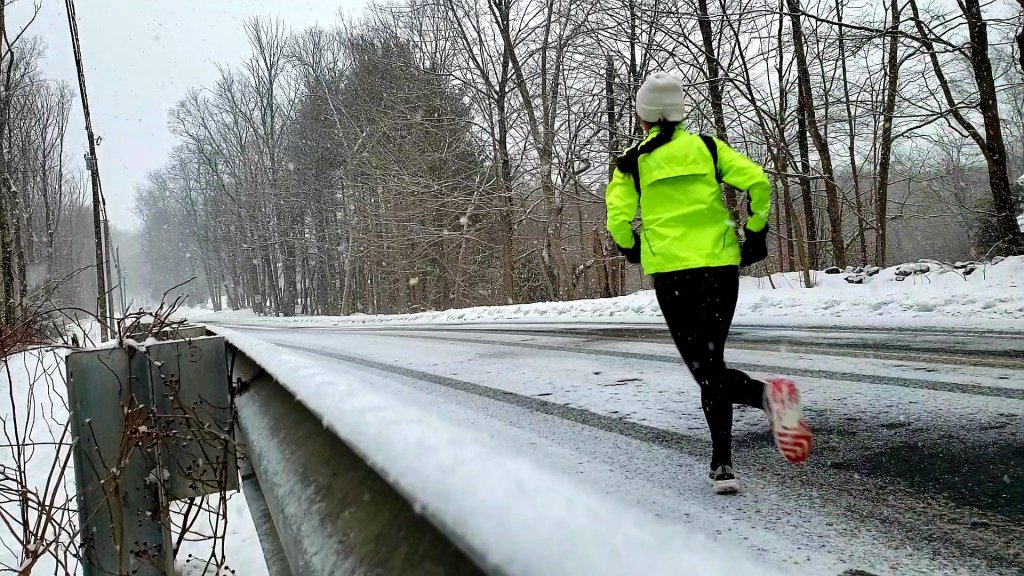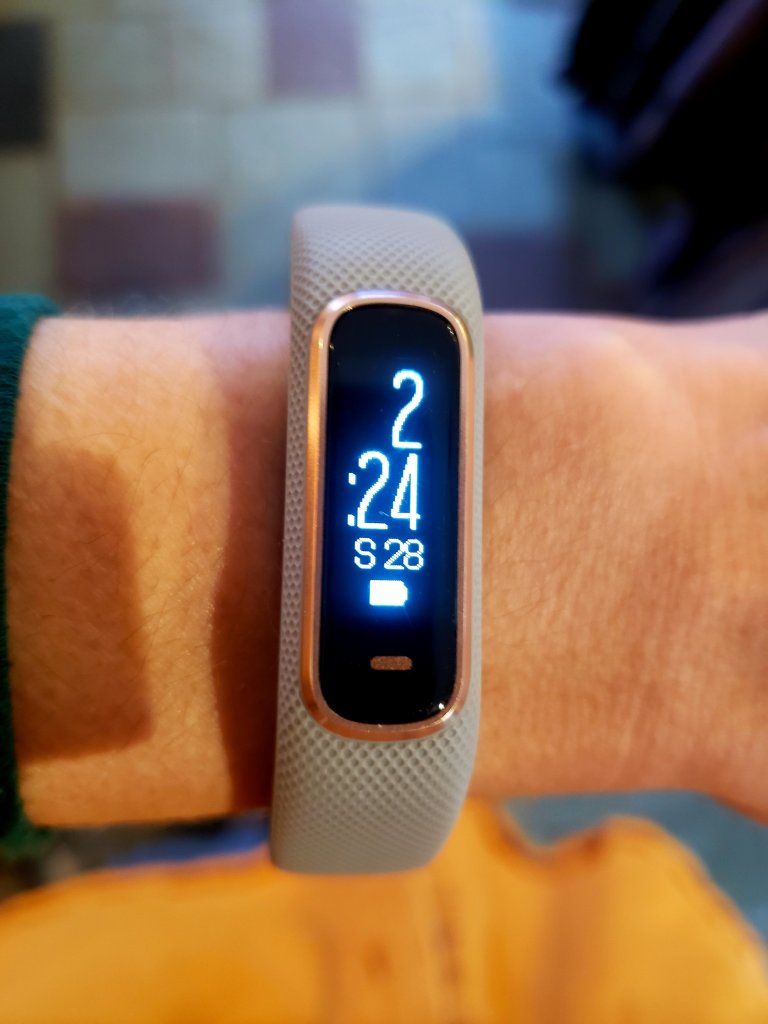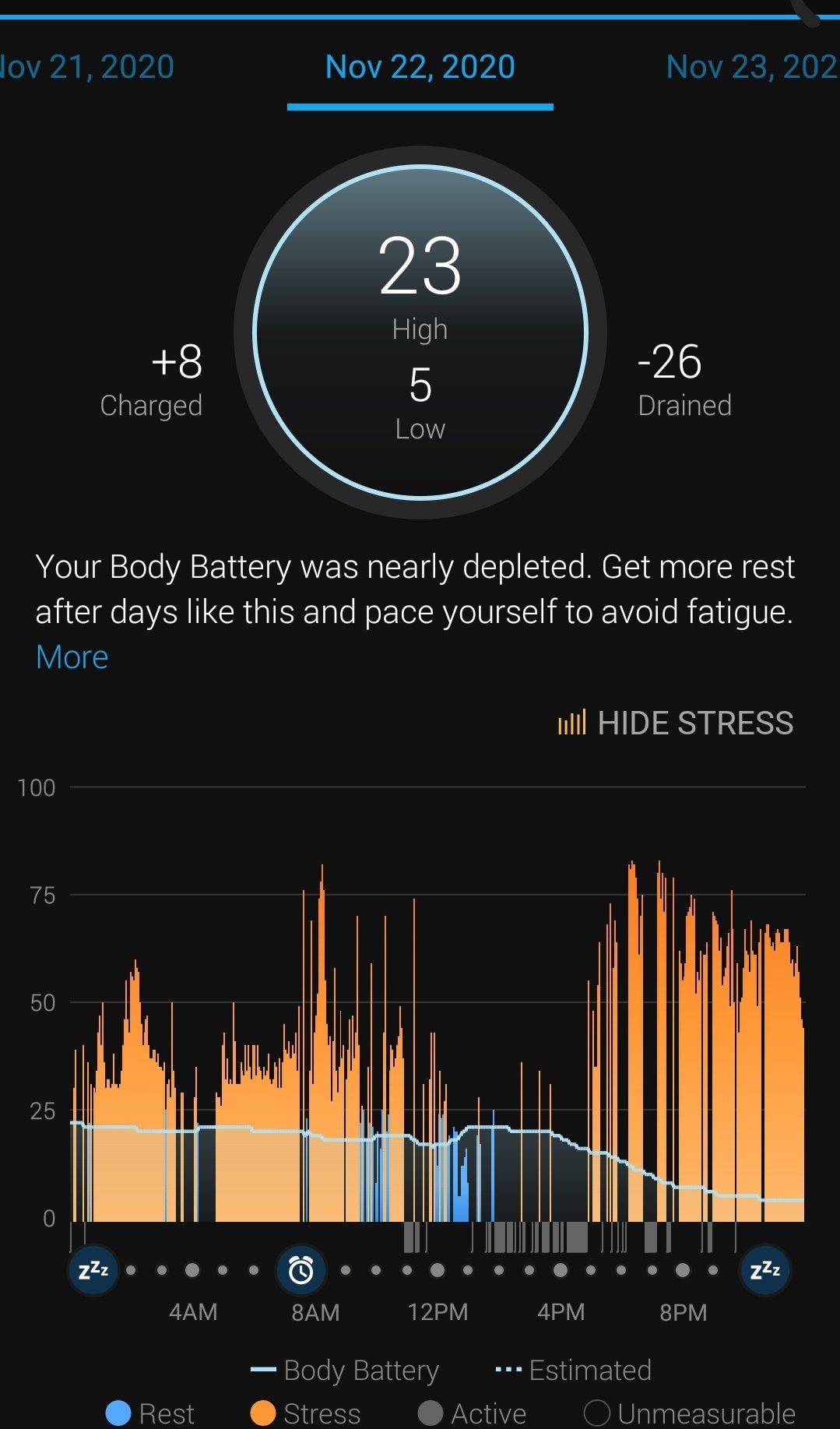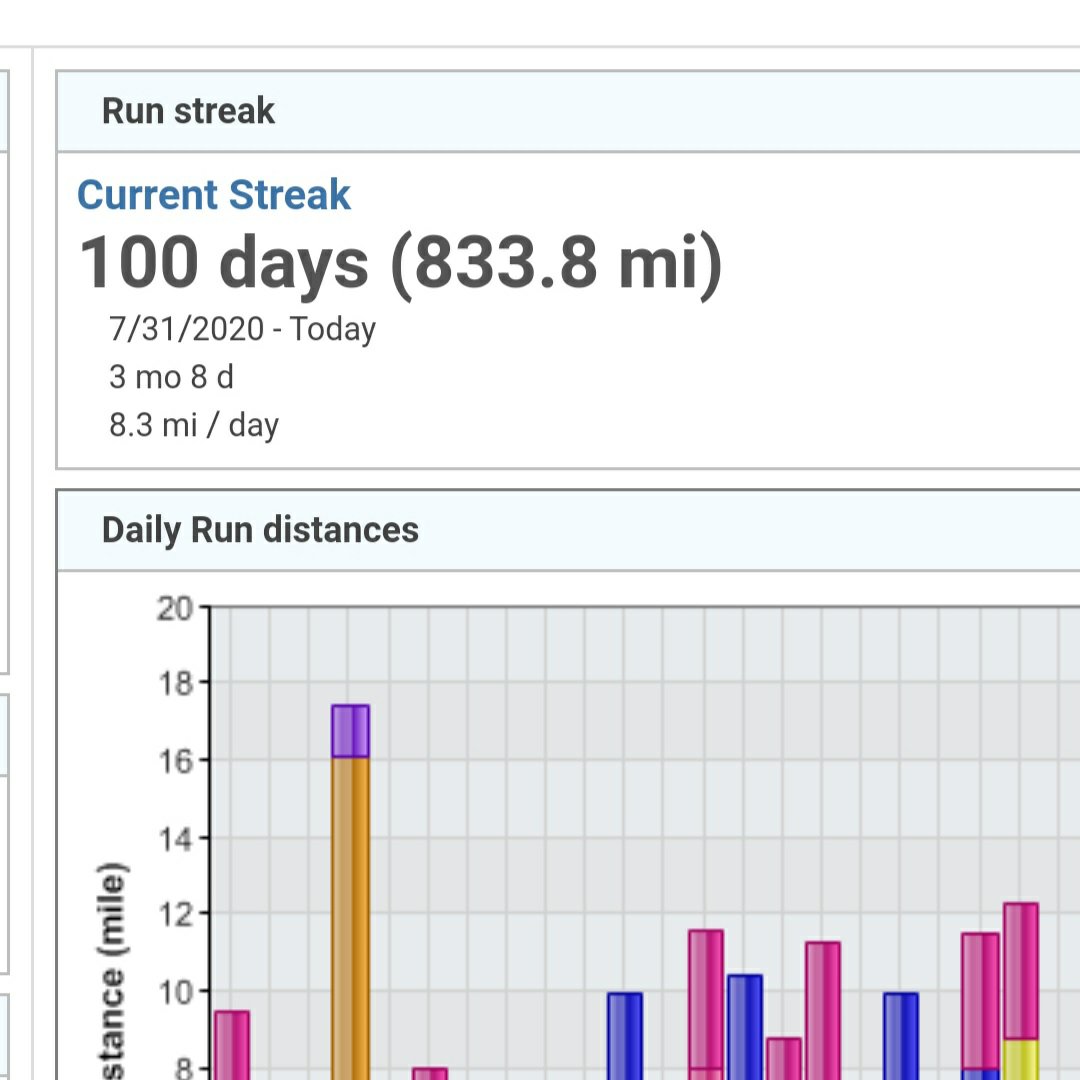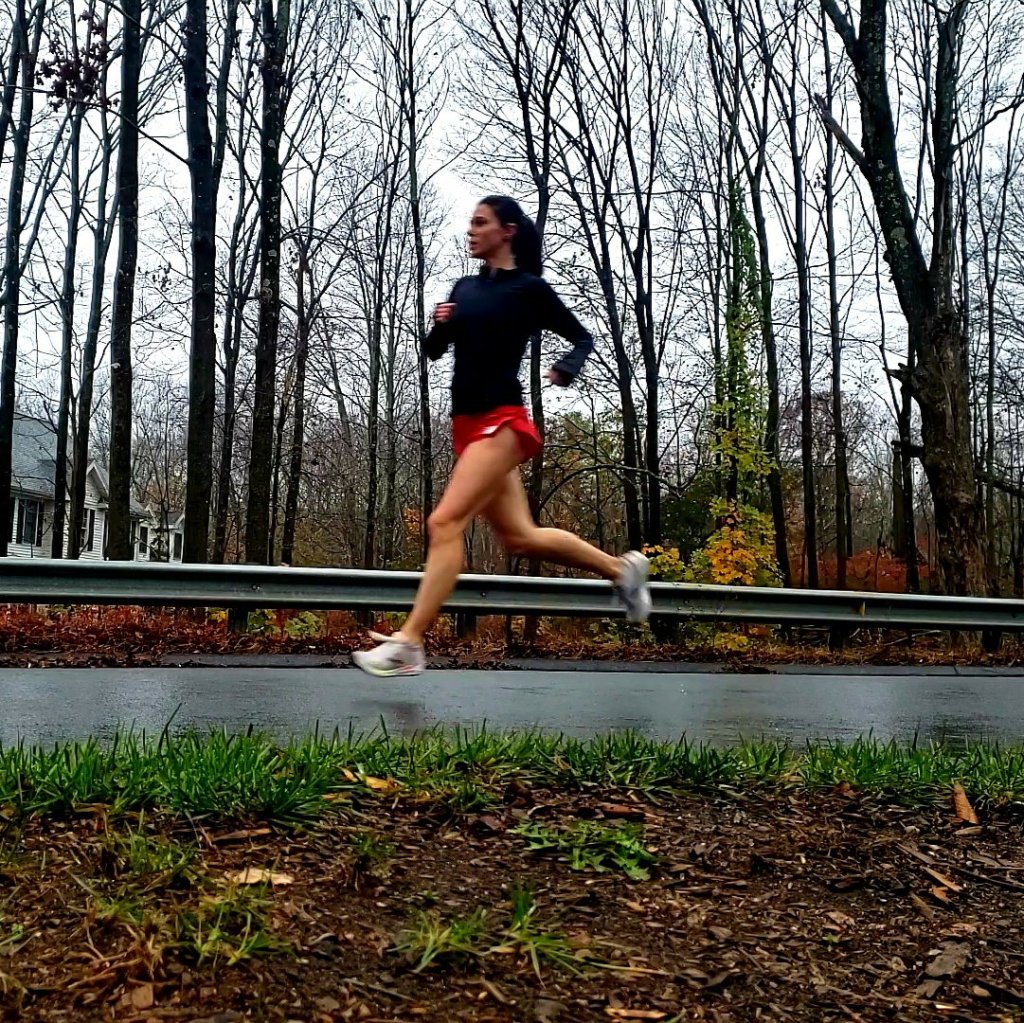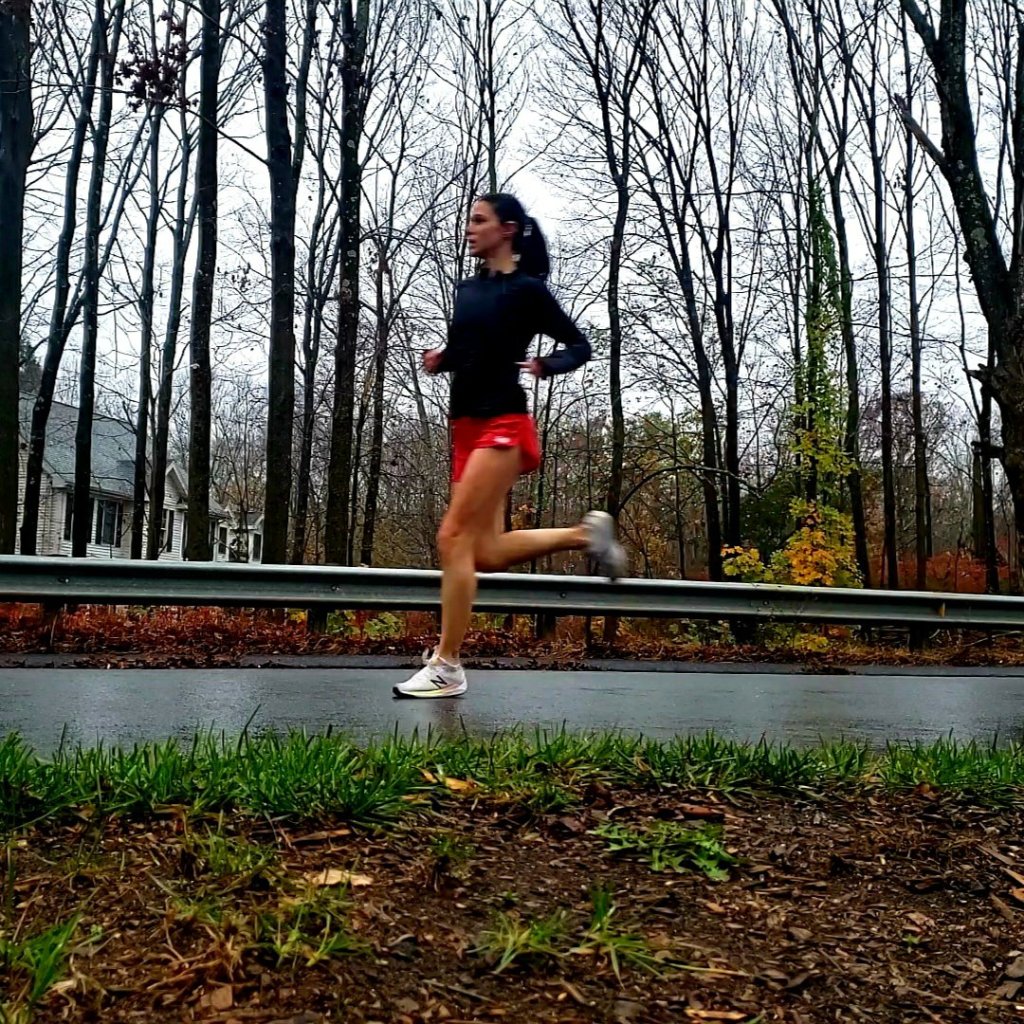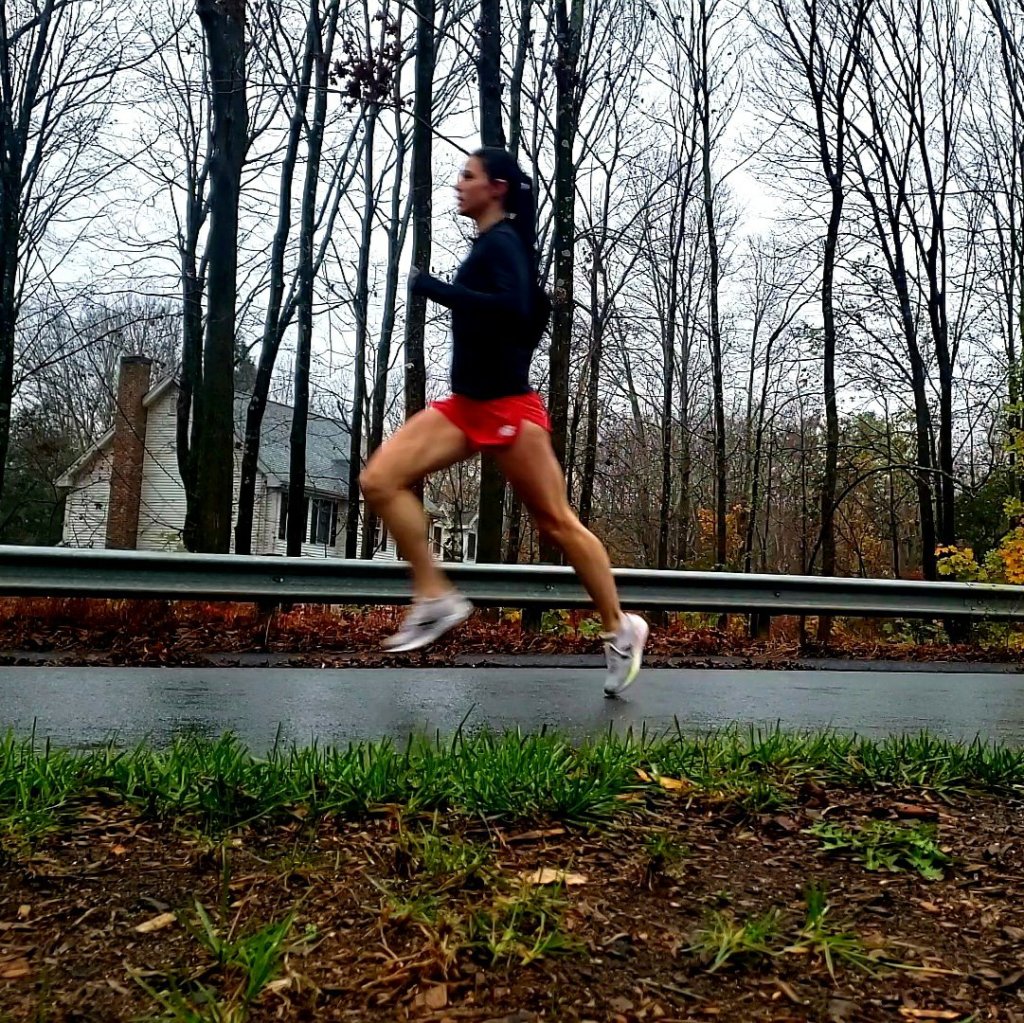My kid has been begging me to do the Philadelphia Marathon ever since he did a school report on the Liberty Bell. We try to make a family vacation out of as many of these races as we can to keep the weekends fun for everyone – and to reward my family for standing around for hours in a strange place while I run around. The City of Brotherly Love was on our bucket list and with my new job, I felt that I could actually pull this one off.
Marathon Training looked a little different for me this time around. However, I was welcoming to the new challenges of working in a distillery – a rather physically demanding job. Now that I was no longer a stay-at-home-parent, I had to run very early in the mornings before the kids got up for school. I weight lifted slightly less, thanks to the extra workout I was getting at work, and I ditched my evening shakeout runs because I often came home too tired or too overwhelmed with dinner & kids’ homework. A lot of my training happened in the dark at 5:30 in the morning, something I was not at all used to. This meant an awful lot of tedious loops around the same neighborhood where I felt safe. Despite these changes and challenges, I was determined to get this training in and some how pulled off 50-60 mile weeks. For the most part I stayed healthy & injury free (except for that day I managed to dislocate my femoral head in my right leg, but we won’t talk about that here, haha!) Seriously, I think this was the first year ever where my children did not bring home some awful cold – though I did end up missing out on one long run due to a reaction to a booster shot.
One major step I took in my training block was breaking away from pre-packaged plans. I’ve read so many blogs, articles, books, etc on marathoning and I’ve followed so many 18 week plans. But they weren’t working. I’ve tried to replicate past training cycles that did work, but of course what works one season won’t always the next. I knew I had to formulate a plan for ME and I had to work on my weaknesses. And, when it really came down to it, the best way to work on those weaknesses was through racing. I mean, what gets more “race specific” than racing!? In order to do this, I registered for three half marathons; New London on August 6th, New Haven on September 5th, and Norwalk on October 2nd. Each race was a build up to the next one with the week following the race as my cut back week. This gave an excellent ebb & flow to the training while also breaking it into manageable chunks (I only planned out three weeks at a time) and I constantly had something to look forward to while staying targeted and engaged. The first race was planned to be a marathon-paced run and to get me started with training & racing. 1:28:38 – perfectly on target. The second race was to work on running in a crowd and not worrying what other people were doing – something that is incredibly difficult for me. This event was to work on strategy and pacing as well. 1:25:11, a PR and a well executed race. The final race was to be my real test before the marathon. Typically I only get one race or time trial in, but building up to this third one was new. Even though this was a “test” and I was training for a full marathon, this half was also an A-race. I had a goal and that goal was to find out just how fast I really was and PR as big as possible. 1:22:04 – everything accomplished!!
With all my half marathons behind me and a major confidence boost, I put my head down and tackled the remaining six weeks of training knowing that I could indeed pull off a sub-3 hour marathon if I just kept myself healthy and didn’t race dumb. Focus, focus, focus. Hold onto that dream, but stay realistic. I envisioned crossing the finish line, seeing a giant number 2 as the first digit on the clock. I went over and over in my head how I’d approach each mile, each hill, each turn. I knew exactly when I’d slurp a gel and take a sip of water. I knew where the surges would be. I had every foot-fall planned out. I was going to run with the 3:00 pace group and/or run 6:48-6:52 splits until at least mile 16…maybe 17 or 18. I was going to stay controlled and conservative through the hills, then start inching away. I was going to have a strong final 5k. I was going to have a sprint finish. I was going to be amazing.
Of course, none of that happened. As I stood in the starting corral, minutes before the gun sounded, I made up a new plan. The new plan was no plan. The weather was not ideal; bitter cold and windy. We weren’t going to get over a real feel of 25 degrees, and the wind was going to increase from 10 miles an hour to nearly 30 as the day went on. Gusts would blow me away. I knew that it was going to get harder hour by hour as the race went on, especially the back half by the water. Starting conservative to save energy and strength for later on sounds like a good plan, and trust me, it is. But I knew that it wouldn’t work for me. I had to race the way I did my half in Norwalk – all guts and glory. The plan now was to run hard, tackle hills, run harder, then hang on for dear life when I ran out & hope the finish line showed up soon. Folks, this is running dumb.
The first 8 miles were all in the 6:30s. Fast. Too fast. But I was comfortable. I was tucked into a pack and we were all working together against the wind. It was time for my first gel at mile 5. I was feeling so good that I contemplated skipping it, but I knew that I’d regret the choice later, so I pulled it out of my waist band. And then I dropped it. There was a moment of panic. I was only carrying two UCAN gels because that’s all that would fit. The plan was to use them, then take the course offered Gatorade gels in the final miles. At least I’d be almost finished if they messed up my stomach. Thankfully my group had spread out a little for the fluid station, so I was pretty much alone. I stopped and went back for it. I was wearing throw-away cotton gloves and they were slippery on the packaging. I couldn’t get it open. I couldn’t feel my fingers. Finally I was able to rip it with my teeth, but I was holding it too tightly. Gel squirted out everywhere. It was all over my face, my gloves, dripping down my leg, on my shirt & bib. My black kit looked like it was covered in bird shit. I sucked as much pineapple gel (quite possibly the most awful flavor ever, but my superstitious self wont let me get a different one) out of my gloves as possible. I saw my family around mile 6 and this was a huge boost of emotions & I quickly forgot about how I was already screwing up.
We entered the hilly area at about mile 10. I was actually looking forward to this part. This meant I got to work, and I like working. The pack was gracious enough to let me draft, but I took the front on the up hills. Coming from Connecticut, these were more like fun little inclines. Zooming up, then zooming back down became a game. It was around mile 11 or 12 that I saw the elite men go by in the other direction and one of my old high school friends, James McKirdy, was on a sweeper bike. We spotted each other & he yelled out “GO MAZY!!” Another positive boost.
